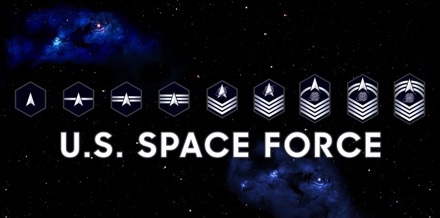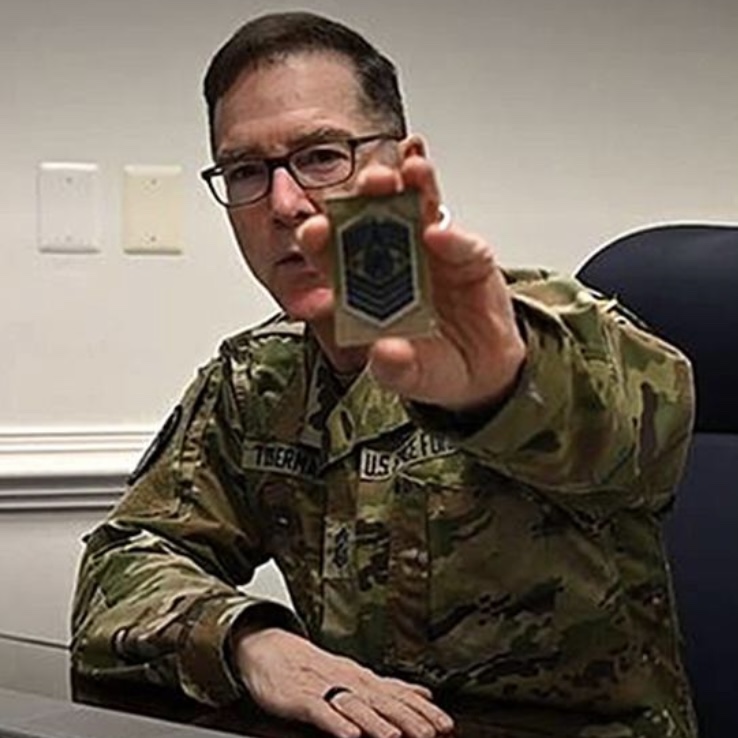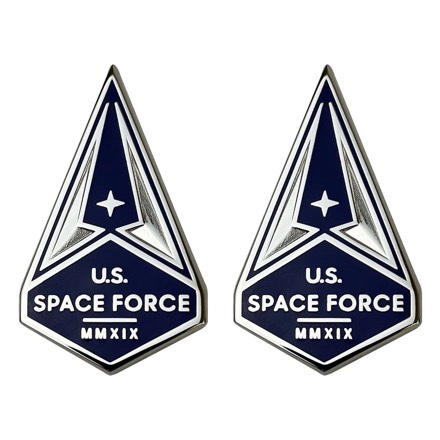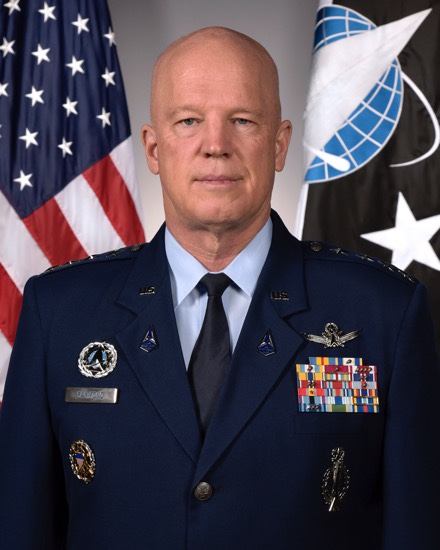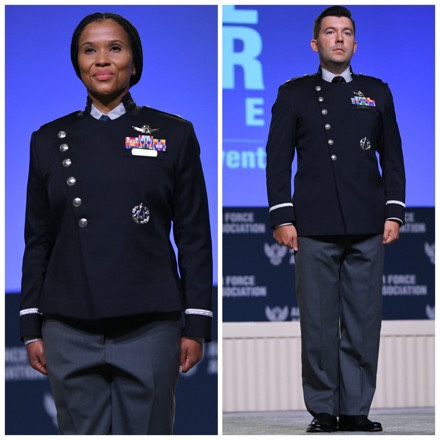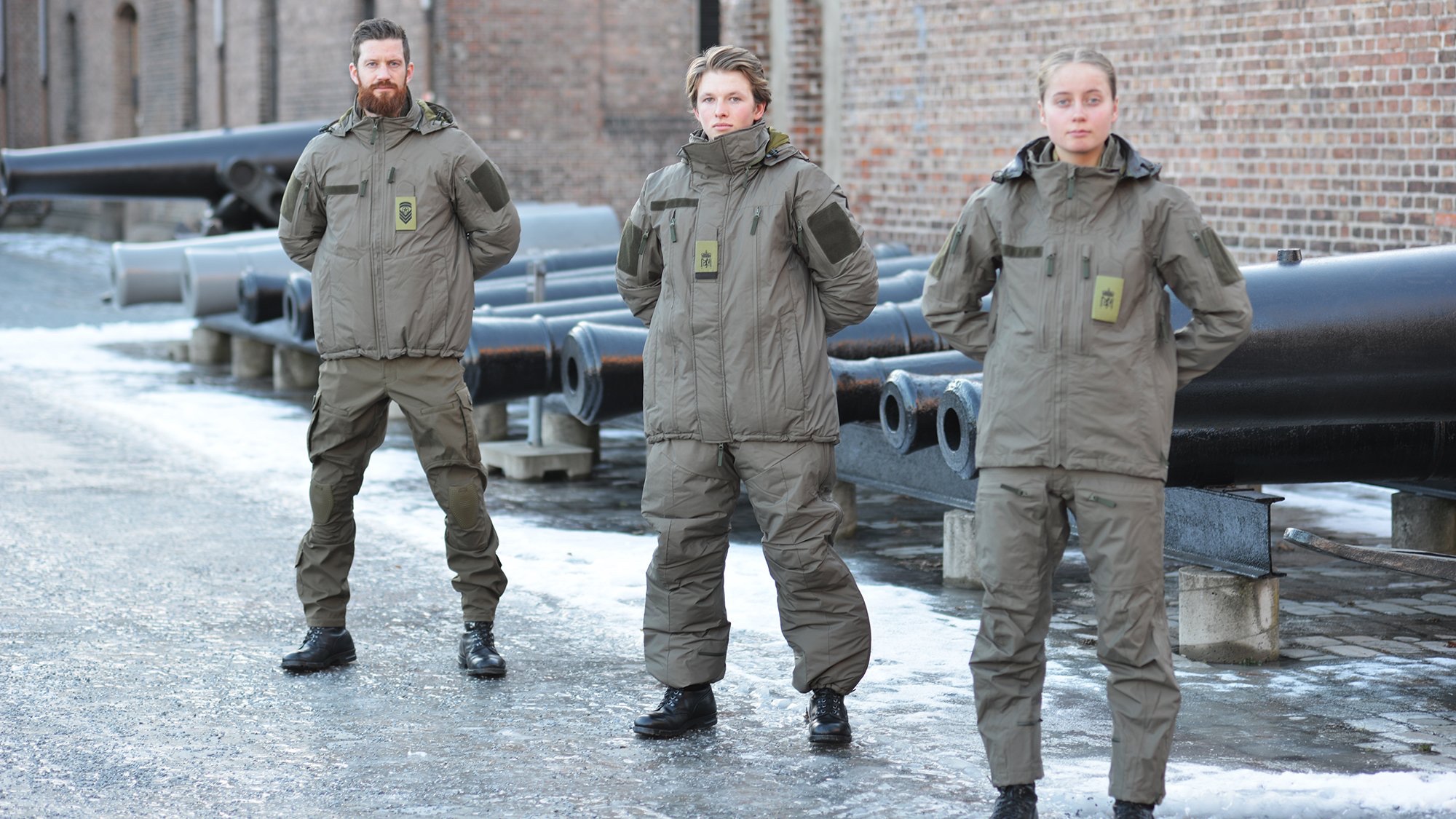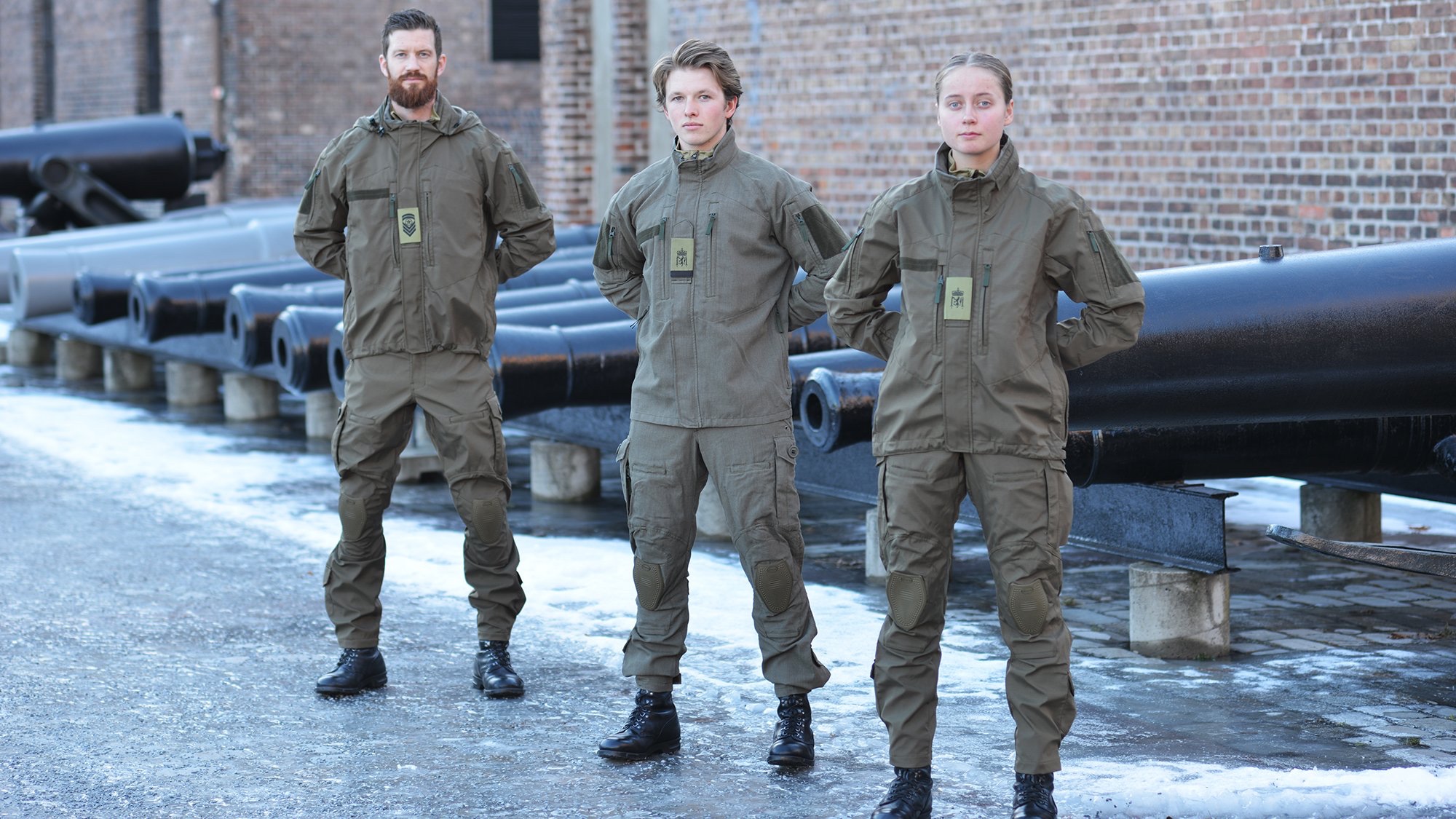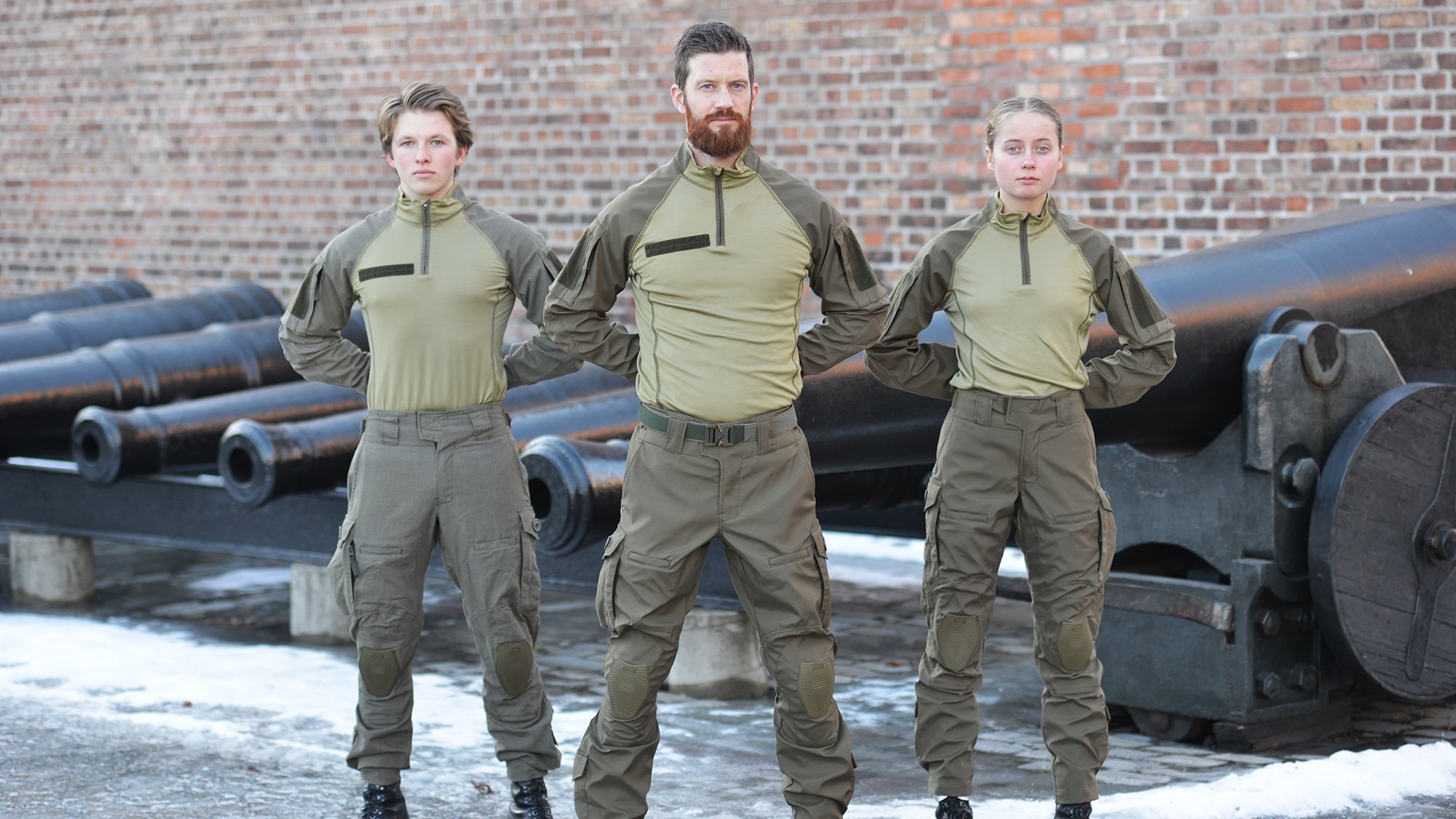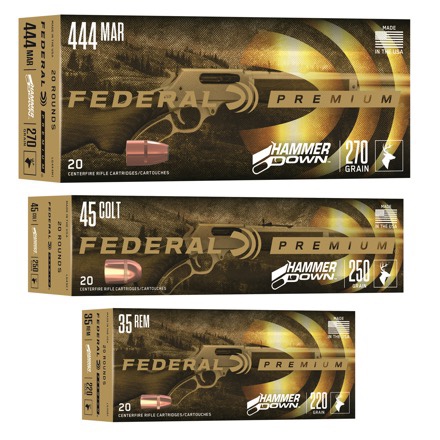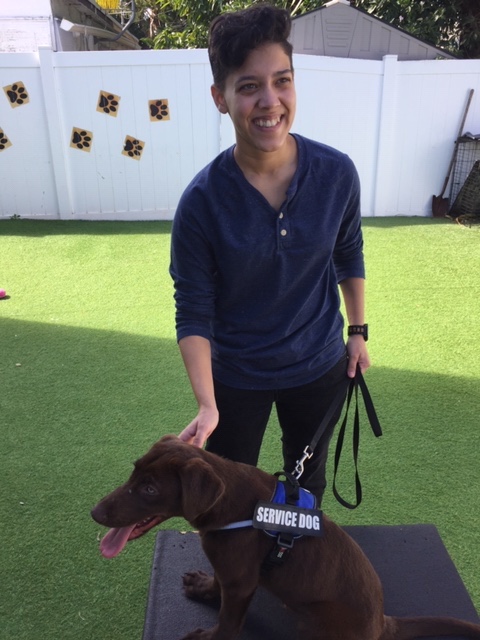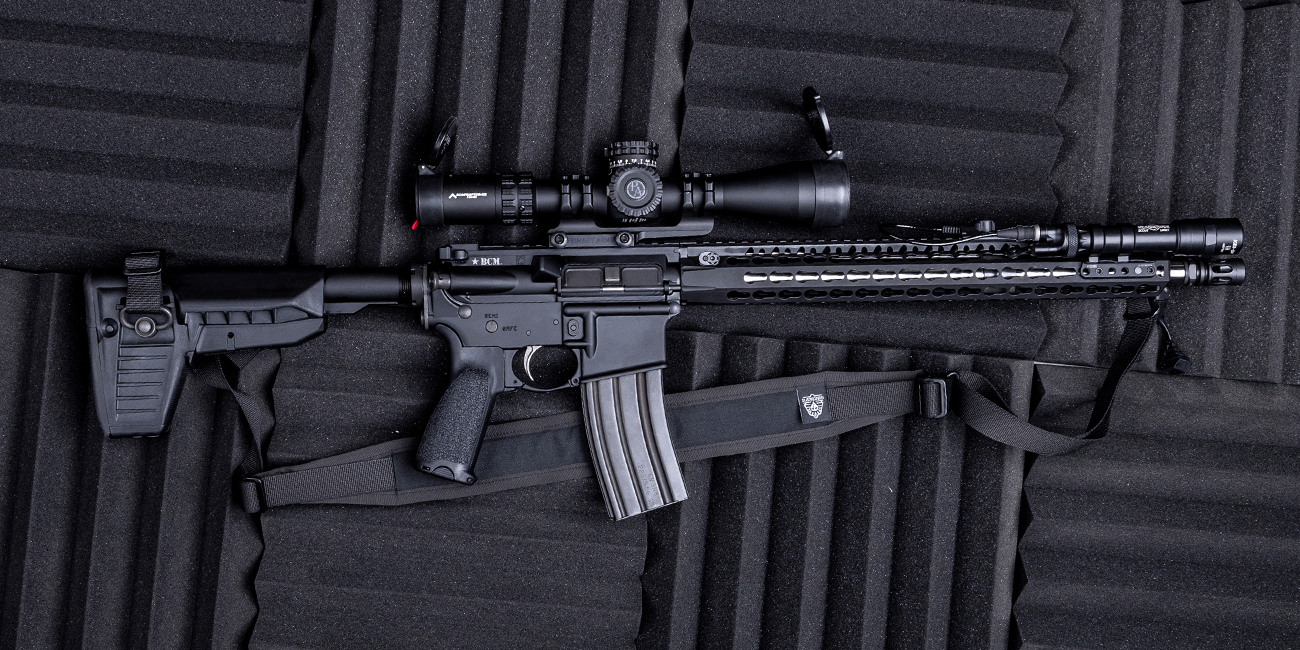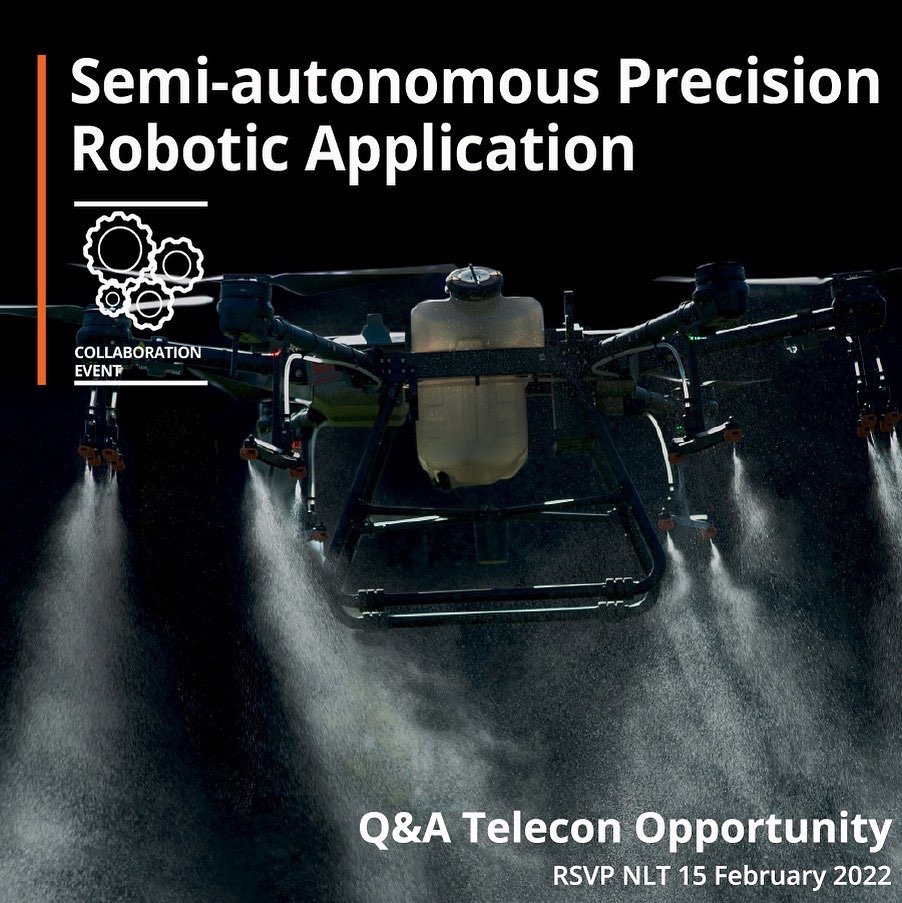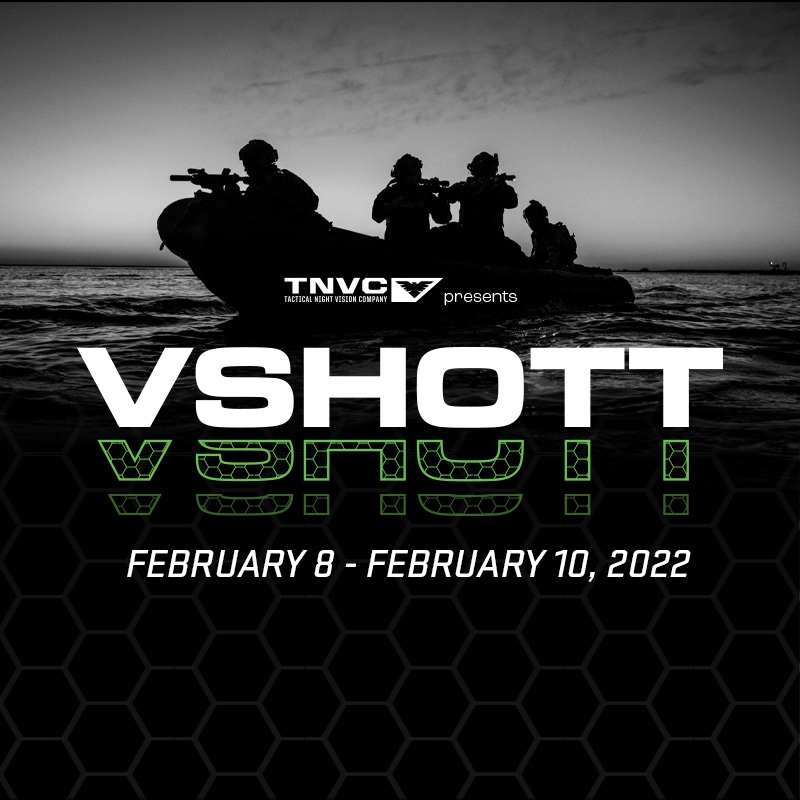
NATICK, Mass. – Army Footwear Researchers at the U.S. Army Combat Capabilities Development Command Soldier Center, or DEVCOM SC, are investigating the need for, and potential impact of boots made specifically for females. The effort will help to determine if there is a need for female-specific footwear lasts — lasts are the forms on which footwear is constructed.
Anita Perkins is a footwear research engineer in the Soldier Protection Directorate at DEVCOM SC and the technical lead for the Army Combat Boot Improvement effort, as well as the cross-service Female Fit and Size effort. Perkins explained that the cross-service Female Fit and Size effort will determine if female warfighters are adequately accommodated by the current combat and safety footwear.
Perkins trained several members of the Product Manager Soldier Clothing & Individual Equipment, or PdM SCIE, team in proper fitting techniques so they could then assist in fitting events at Langley Air Force Base, Fort Lee and Naval Station Norfolk. Her training of PdM SCIE team members and their assistance at the fitting events proved to be a great asset to the effort. PdM SCIE is part of Project Manager, Soldier Survivability at PEO Soldier.
“The goal of this effort is to improve the fit of combat boots for female service members, ultimately improving Soldier performance, enhancing comfort, and preventing injuries,” said Perkins. “Fit is a significant factor in footwear comfort. Improperly fitted boots can play a significant role in Soldier performance and increase injury risk, ranging from blisters to stress fractures.”
JOINT EFFORT
“It is in the interest of all services to ensure that female warfighters are adequately accommodated by properly fitted issued combat and safety footwear,” said Perkins. “Female members of all services are experiencing the same fit concerns with issued footwear. Some footwear items are offered in female-specific sizes, but it is still unclear whether all the shapes and sizes are accounted for with these female-specific sizes.”
Perkins explained that “the inclusion of the other services will allow for a unified, cross-service solution so that sizing and options are consistent across the branches.” Joint service participation increases opportunities for cross-service commonality in footwear, which will reduce the cost to each service and provide more capabilities.

DO GENDER DIFFERENCES AFFECT BOOT FIT?
“Gender-related differences in foot anthropometry are well documented,” said Perkins. “In terms of footwear fit, however, the effects of these differences are not well-quantified. There is a dearth of research evaluating how these anthropometric differences or female specific lasts impact the fit of footwear, especially in relation to combat boots. By studying and quantifying these effects, the Female Fit and Size effort will help to determine if there is a need for female-specific footwear lasts and/or additional sizing or width availability to improve the fit, comfort, and performance of combat and safety footwear for female warfighters.”
Perkins noted that many commercial boots and shoes advertised as female sizes are built on the same lasts as their male counterparts. The Female Fit and Size effort will evaluate four types of boots, including the unisex non-safety toe or soft-toe combat boots, female-specific soft-toe combat boots, unisex steel-toe combat boots, and female-specific steel-toe combat boots.
During testing, participants will carry out warfighter-specific tasks. Some of the common tasks for all the services include walking on multiple surfaces, including pavement, cement, grass, dirt, decks and floors; walking at a variety of speeds; walking on wet surfaces; running; climbing on and off a two-foot-high box; stair climbing; ladder climbing; walking up and down an incline; taking a knee and squats.
Participants will also perform service-specific tasks, including run and cut — performed by the Army and Air Force; marching while carrying a loaded rucksack — Army — and walking on metal decks, grating and gangways — common in a Navy environment.
DEVCOM SOLDIER CENTER’S EXPERTISE ARE A PERFECT FIT
The DEVCOM Soldier Center’s expertise in clothing, equipment and human factors — combined with the center’s unique testing capabilities and facilities — are playing an important role in the effort.
DEVCOM SC’s footwear engineers from the Soldier Protection Directorate’s Soldier Clothing, Footwear, and Integration Team are managing the project. The footwear engineers are experts in footwear materials, design, construction, and fitting criteria – expertise needed to interpret Soldier footwear preference and quantitative data.
DEVCOM SC’s Applied Ergonomics team will collect 3D foot measurements using the center’s 3D foot scanner. The foot scanner measures length, width, volume and arch height to help Soldiers obtain a more accurate fit.
In June 2021, Army Footwear subject-matter experts provided training on boot fitting to other DEVCOM SC personnel supporting the fit assessment. The knowledge of experienced footwear fitters will play an important role in the effort.
As part of the effort, the Applied Ergonomics Team will be conducting an assessment of the combat boot, the boot last and foot scans in the DEVCOM SC’s 3D Morphometry Laboratory. The team will also measure foot anthropometry manually without the scanner to obtain specifics for predicting boot size. The team’s dynamic foot assessment will include tasks related to human factors, as well as a questionnaire regarding fit, comfort, number of sizes tried on, and any other feedback.

SOLDIER FEEDBACK IS PLAYING A KEY ROLE
As is the case with much of the work done by the DEVCOM SC, Soldier feedback plays a critical role in the Female Fit and Size effort.
“During the fit assessment, Soldier feedback will determine which size and width of each type of boot is preferred,” said Perkins. “The ‘best fit’ of each of the four boot types being assessed will be worn during the dynamic fit assessment. Soldier feedback will also be collected during and after the dynamic fit assessment. The data from the 3D foot scans and foot dimension measurements will be analyzed and correlated to the feedback of each participant. These data will drive recommendations for future military footwear requirements to ensure female warfighters are issued combat and safety footwear of appropriate size and fit.”
Overall, the Female Fit and Size effort is part of DEVCOM SC’s larger commitment to meeting the needs of female warfighters.
By Jane Benson, DEVCOM Soldier Center Public Affairs
